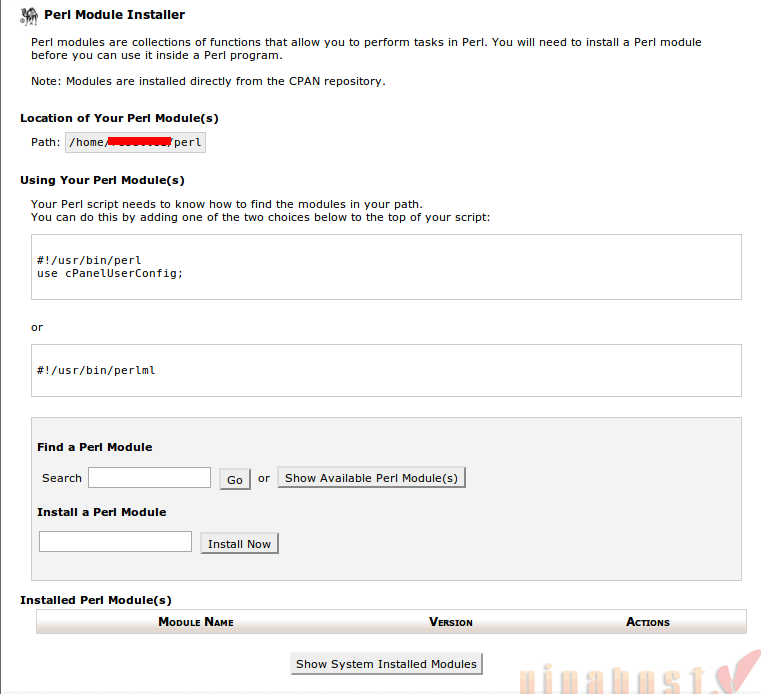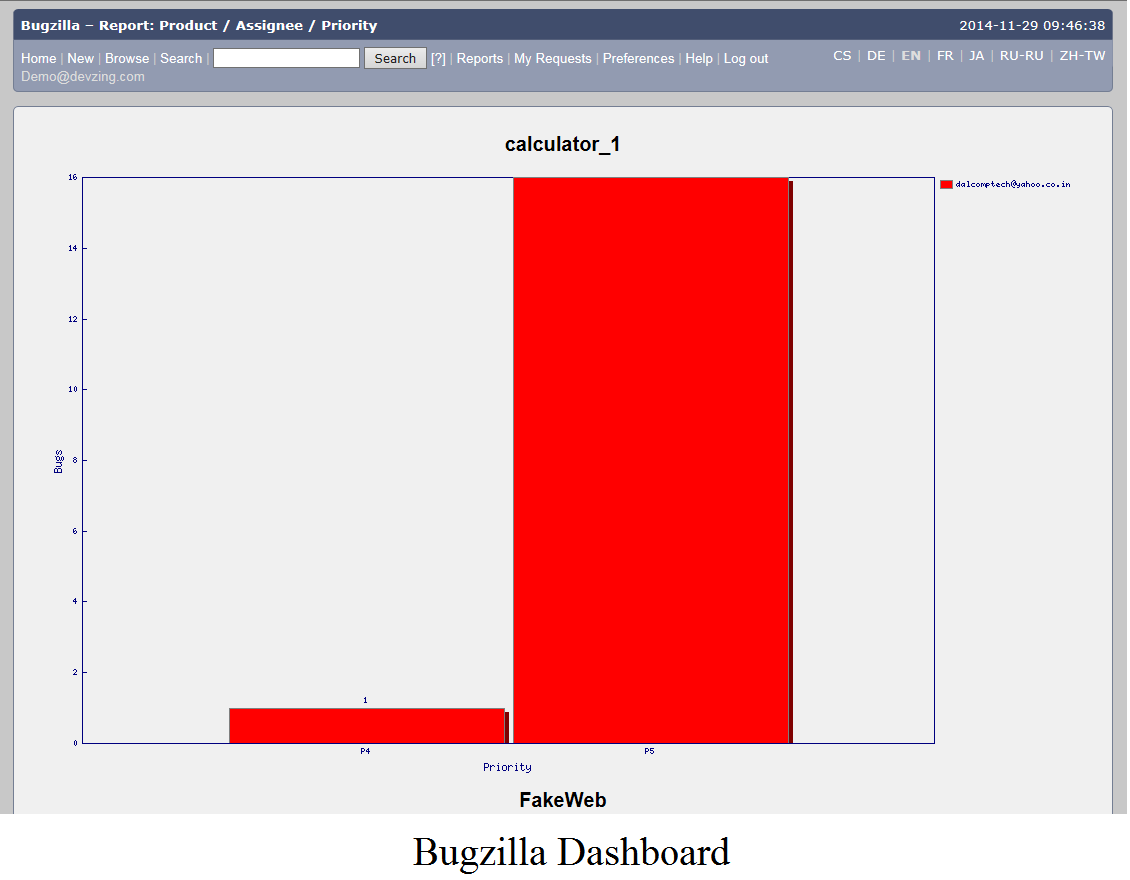

- Bugzilla hosting install#
- Bugzilla hosting update#
- Bugzilla hosting full#
- Bugzilla hosting password#
Bugzilla hosting password#
And setup an admin password for the install.Īdd something like this to your apache config: That should create the database tables and users you need. Edit that file to set the db_pass to the password you set when creating the mysql user above. Grant all on bugs.* to identified by 'yoursecurepassword' If you prefer to manually create the buzilla database, in a mysql shell do the folllowing.

We have a script at that can help you get mysql installed and secured to start off with.

You may need to first startup mysql (/etc/init.d/mysqld start) set it to run on boot up (chkconfig -level 35 mysqld on) and set a root mysql user password (mysqladmin password somepwhere).
Bugzilla hosting install#
If you opt to install the CPAN modules you may need to specifically install some development packages, for example under centos5 do yum install mysql-devel gd-devel httpd-develĬreate a mysql user and consider the other tips on that URL. Use Bugzilla standalone or in conjunction with our Subversion hosting or CVS hosting services for a complete development environment. It also provides configurable email notification of changes in bug status.
Bugzilla hosting update#
Libgmime-2.4-doc - MIME message parser and creator library - documentation Bugzilla enables project managers, developers, QA, and others to enter and update bugs, track interdependencies, and run summary reports. Libgmime-2.4-dev - MIME message parser and creator library - development files Libgmime-2.4-2 - MIME message parser and creator library - runtime :~$ apt-cache search "Parser" | grep MIME usr/bin/perl -MCPAN -e 'install "MIME::Parser"' but we recommend checking for a package containing that from your distribution first eg with That might involve installing CPAN modules. Typically you can just install the things you need and skip the optional bits. That will tell you a few things you need to install and a few optional things. You can configure Bugzilla as an external issue tracker in GitLab. Some distribution versions may have an older version, you may prefer to use the latest release and update that yourself as needed. Bugzilla is a web-based general-purpose bug tracking system and testing tool. That will allow you to take advantage of the latest updates for your distribution, and should integrate well with the rest of your server. The easiest way to install this is using the pakage management system on your server. Note : This is an example of a publicly-available live Bugzilla site, and not a place to try out Bugzilla. Defect Tracking Systems allow individual or groups of developers to keep track of outstanding bugs in their product effectively. The original Bugzilla used by various Mozilla projects including Firefox and Bugzilla itself. .Site is running on IP address 198.137.202.140, host name ( United States) ping response time 20ms Good ping. To create a new ticket in Bugzilla, you need to import the library using: from pytest_bugzilla_notifier.Bugzilla is a "Defect Tracking System" or "Bug-Tracking System". Sometimes it’s necessary to take a working installation of Bugzilla and move it to new hardware.
Bugzilla hosting full#
The full URL to the Bugzilla instance you wish to send test results to

The ID that Bugzilla assigned to the bug you wish to have the test You can use the plugin to update a ticket with the results by using the following command: $ pytest -bug= -config=./bugzilla.ini -bugzilla-url= /path/to/tests The BugZilla API key you will be using to access Bugzilla. First, you need to copy bugzilla.ini-dist to bugzilla.ini and add in To use this plugin you need to have a username and password for a BugzillaĪccount. You can install “pytest-bugzilla-notifier” via pip from PyPI: $ pip install pytest-bugzilla-notifier Pre-requisites Posts the results of test runs to be added to existing Bugzilla ticketsĬreate new tickets as part of a pytest test This plugin currently has the following functionality:


 0 kommentar(er)
0 kommentar(er)
